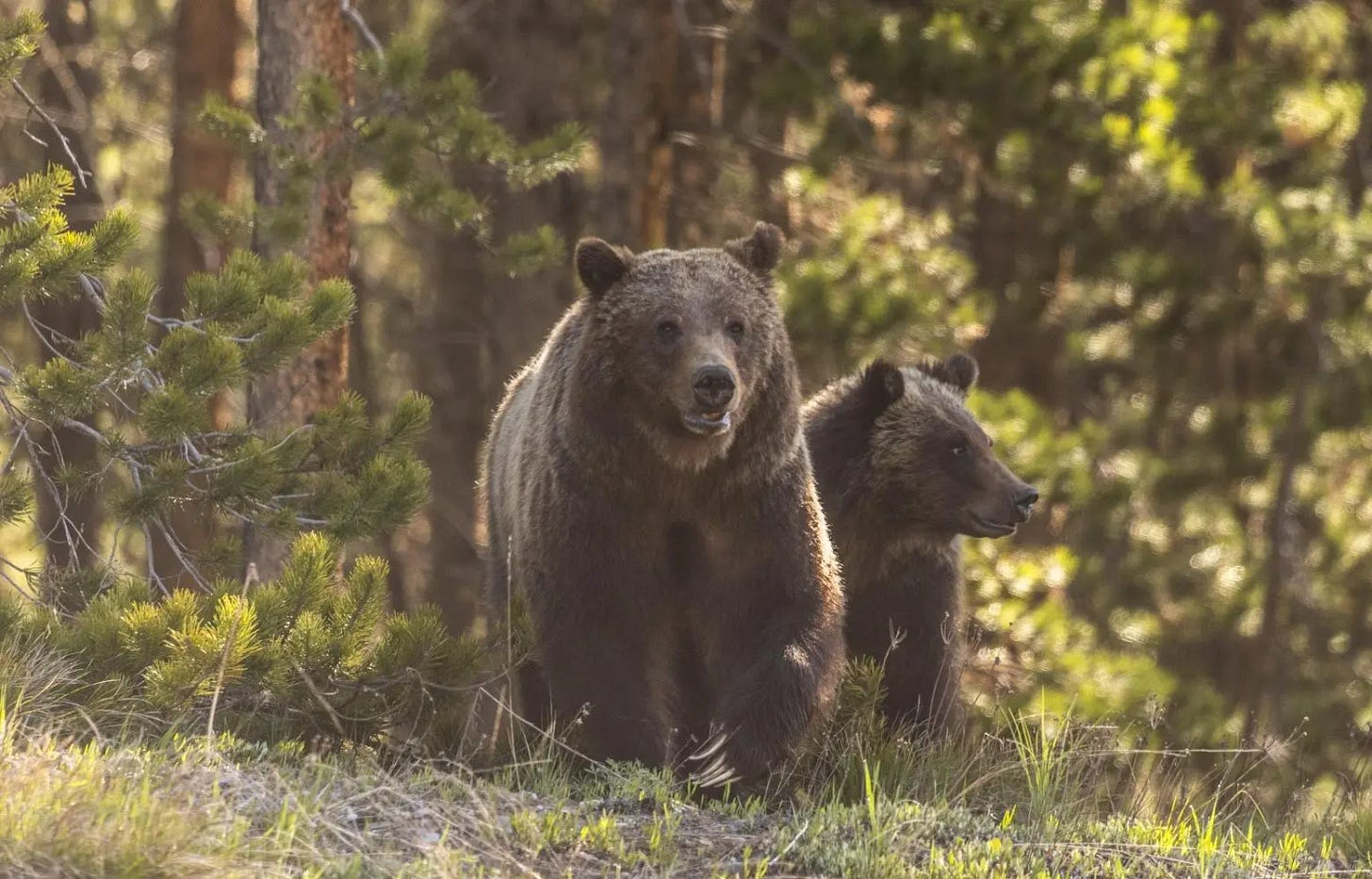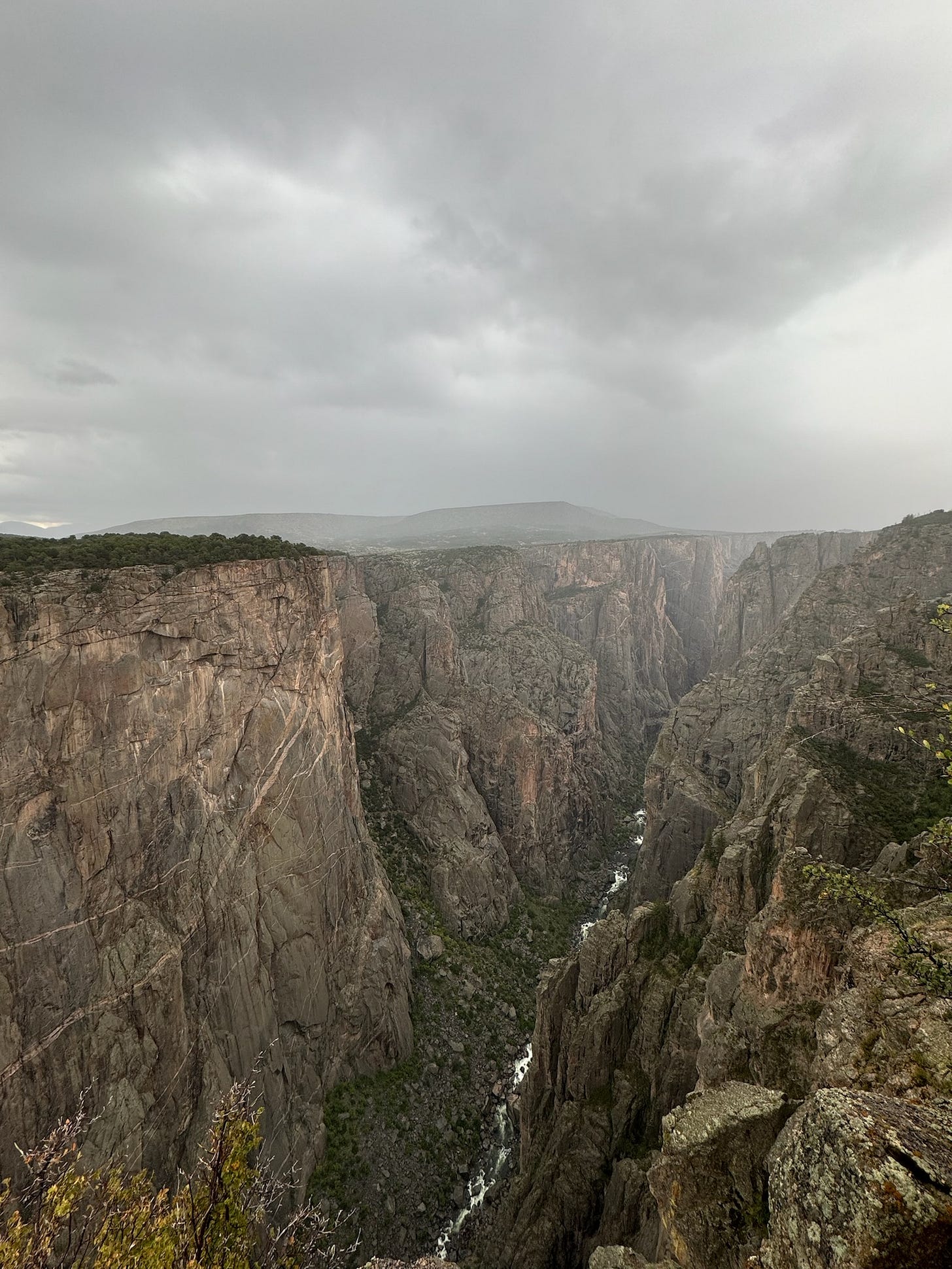Edition 2: Building Mutual Awareness
An educational series on evolving outdoor ethics
Hey there!
It’s that part of the summer where everything quiets down as people anticipate September’s chaos. This week we’re exploring what true coexistence with wildlife looks like—what 399 taught us—and our weekly environmental tip.
What True Coexistence with Wildlife Really Means
Today, Respect Wildlife, is more than just keeping distance or avoiding feeding, it’s recognizing ourselves not just as visitors, but as temporary members within ecosystems. Research highlights eight archetypal outcomes of human-wildlife interactions, ranging from lethal eradication to mutual, long-term benefit. The goal of true coexistence lies in systems that are resilient, adaptable, and intentionally governed toward ecological balance.
Even careful behavior can ripple through ecosystems. Animals habituated to human presence can alter natural behaviors—feeding, migration, reproduction—while stress from repeated exposure can reduce survival. This goes beyond basic proximity rules. Foods, pets, off-trail movement, even voices, influence wildlife in subtle but significant ways. True coexistence encourages us to stay aware, not only to minimize disturbance, but to uphold a sense of responsibility toward those who share the land.
Consider wildlife not as a backdrop, but as fellow residents.

Grizzly 399: A Lesson in Wildlife-Human Coexistence
Queen of the Tetons, Grizzly 399, became a symbol of both challenges and possibilities of shared landscapes. While she was fatally struck by a car last fall, her 28 years provided valuable lessons about wildlife management, human behavior, and the urgent need for robust conservation efforts.
Coexistence is possible, but requires management
Despite living in close proximity to human activity and a growing population, Grizzly 399 successfully navigated the landscape for nearly three decades, raising cubs and contributing significantly to the local grizzly bear population. Her presence highlighted the importance of individual bears as ambassadors for conservation and the potential for a peaceful coexistence between humans and wildlife when efforts are made to understand and respect their needs.
Infrastructure and planning are key
The increasing human footprint in the Greater Yellowstone Ecosystem, including roads and developments, fragments wildlife habitat and creates obstacles to animal movement. This is why wildlife crossings (bridges and tunnels) and reduced speed limits in areas with high wildlife activity to minimize wildlife-vehicle collisions is so important.
Shifting public perception
Grizzly 399’s high visibility and well documented story captivated the public and helped shift public perception of grizzly bears. Her life was a testament to the resilience of wildlife and the efforts of those committed to their protection.
However, her tragic death underscores the critical need for continued education, responsible behavior, and infrastructure development to ensure a safer and more harmonious future for both humans and bears in shared landscapes.
Eco Tip of the Week
Clean out your inbox
I know this is going to ruffle some feathers but hear me out. All emails in your inbox consume power thanks to the network of data centers around the world that store and manage delivery of our communications. An average year of email could have the impact of driving 200 miles. Deleting old messages will save power and shrink your carbon footprint.




